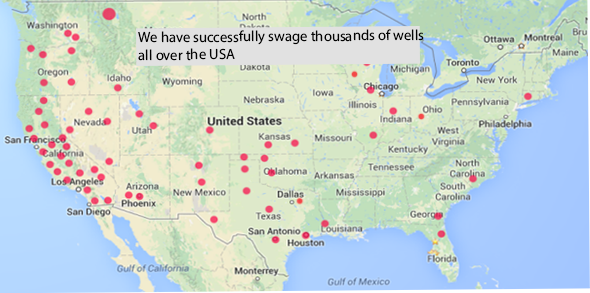
Well Patches
Well patching is done to strengthen, seal or reconnect a small section of damage well casing.
Most water pipe patching is done by placing a piece of metal over a damaged area and welding or strapping the piece to the outside of the pipe. It is not possible to weld or strap anything to the outside of pipe from inside a well, so an internal patch is needed. A well patch is designed to bond to the inside wall of a well. The patch is a wedged or corrugated piece of steel that has an unfolded diameter that is equal to the well’s internal diameter when the patch is unfolded and pressed into the well’s walls. The patch and casing are joined together by circumference area pressure and metal tension to seal and make this area of the well stronger.
Well patches start out as a flat sheet of steel. The steel is normally 14-gauge mild steel five feet long and has a width that is equal to the well’s circumference in inches. A machine press forms wedges or corrugations into the patch and then it is welded to form a round wedged or corrugated shape. The swaging process is to unfold the patch and hydraulically press it into the well’s casing.
Patch Strength
How to evaluate patch strength. Adding material that presses against well casing either on the outside or on the inside increases collapse strength. An example a sand or gravel pack stabilizes a well and because it makes it harder for pipe to flex or oval the collapse strength increases. Most well drilling casing standards are based on pipe thickness. Example a 16-inch .375 wall pipe has a collapse pressure of 592 psi. The same casing with a 14-guage well patch would add .064 of an inch, giving the well a wall thickness of .439. This would increase the collapse strength in the repaired area by more than 500-psi. It is because a patch is unfolded not stretched it gains added strength from tension pressure and roundness when fully expanded out against well casing. A good rule of thumb is it takes the same pressure to fold a patch back in as it does to fold it out.
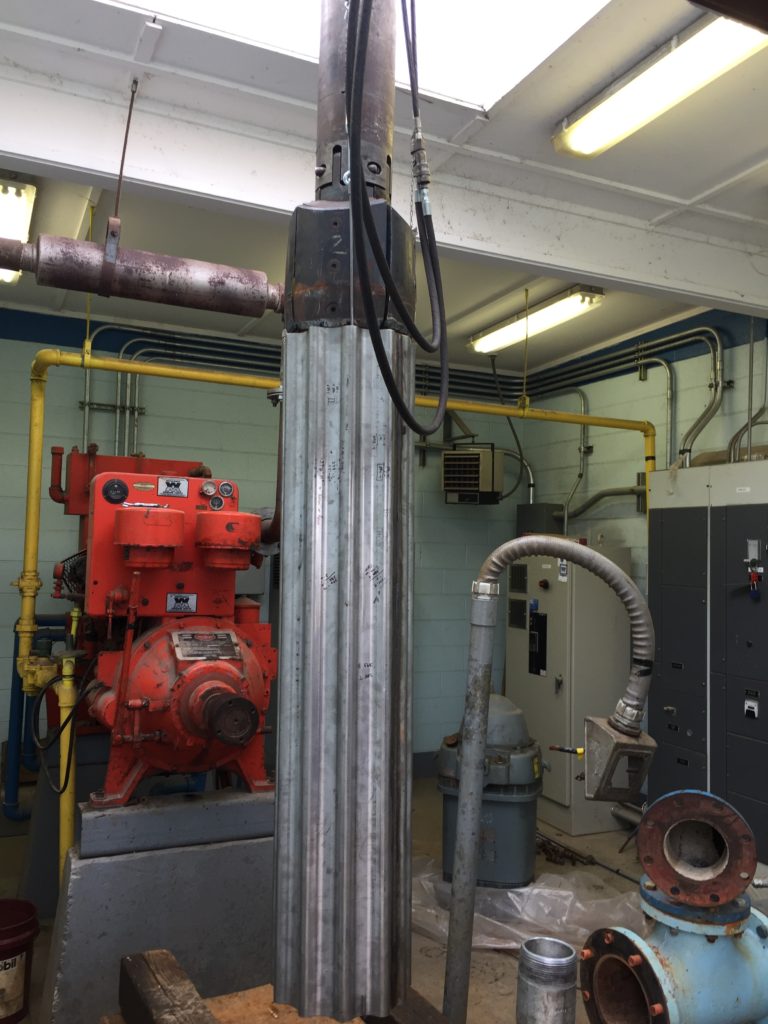
Well Liners and Inserts
Well liners and inserts are smaller diameter pipe inserted into an existing well to filter out sand, block off water or extend casing when deepening a well. Well liners and inserts work independently from the well’s casing, and water producing parameters should be adjusted to meet pipe openings and strength standards for inflow velocities and pressure. This means the pumping rate should be reduced or a liner or insert will eventually clog and fail. The big mistake often made with liners and inserts is believing you solved a sand problem when all you are doing is creating a bigger problem down the road. Smaller diameter pipe that has less water entrance area plugs and wares out at a much faster rate than the original casing. There is a big advantage with using stainless steel screen they have more water area, resist plugging, incrustation build up and clean easily. Always keep in mind water enters the well from static head pressure and adding liners, inserts or even a downhole separator does not change that. The best recommendation for well liners and inserts is design them for a specific need, make them short and seal them in place using a hydraulic swage, leaving the rest of the well to produce unrestricted.
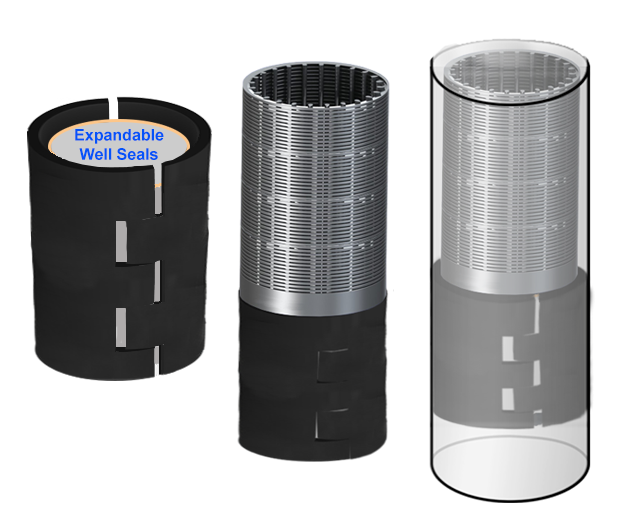
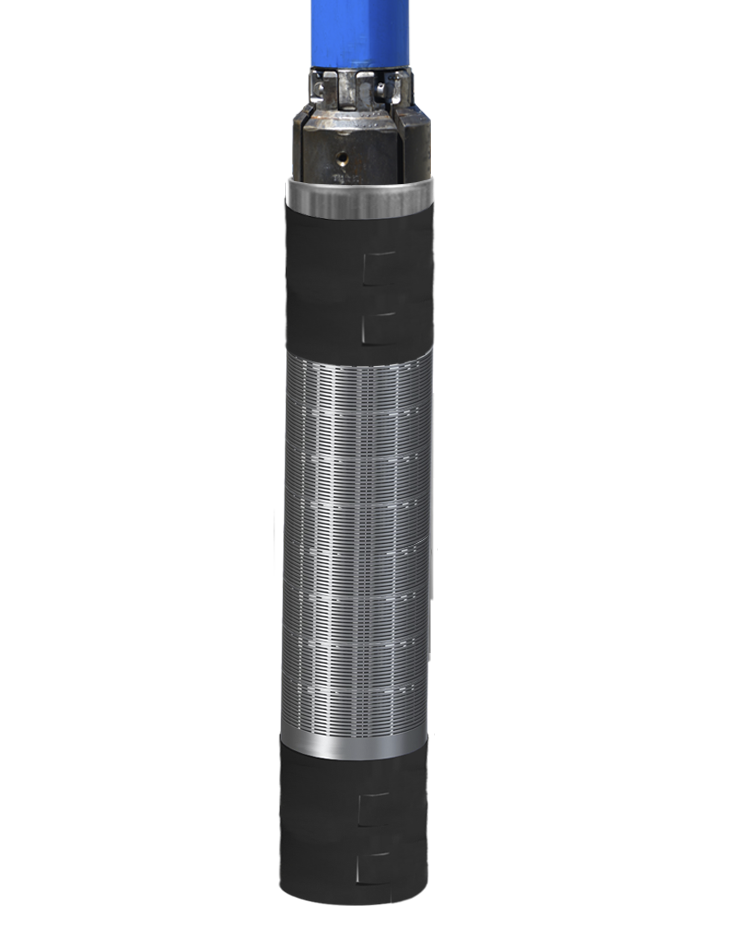
Well Lining
Well lining is placing sleeves or inner jackets inside a well to block surface leaking through rusting, corroded or deteriorated well casing. It is mostly done in the upper well where atmosphere plus moisture can corrode casing forming cracks and holes.
Well lining is done by expanding out stainless-steel sleeves or swaging in well patches. Well patches can be made in standard or stainless steel and makes for stronger lining because they have the needed circumference without stretching pipe thinner. Sealing off a perforated zone is sometimes done to block unwanted water. When lining is done in deep zones a well patch works best because a patch gains added strength from tension pressure and roundness when fully expanded out against well casing. Both patches or sleeves can be overlapped for extra strength and sealing in areas with large drawdown pressures.
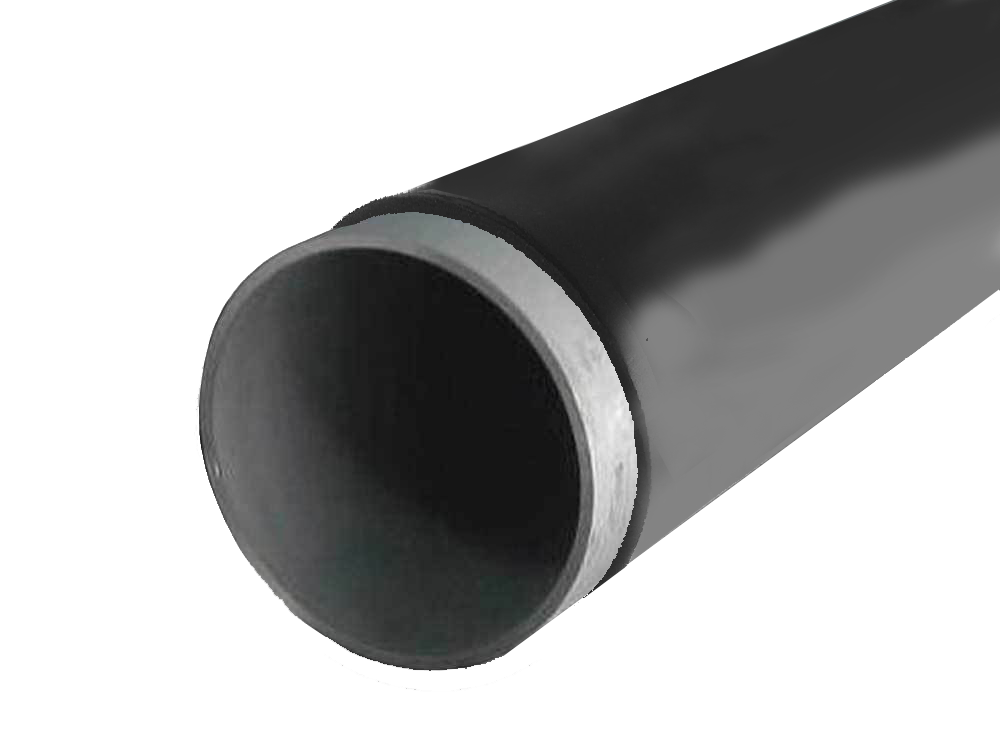
Let us help
We don’t drill the well or pump up the water, we just have the tool that get you more water.
Sacramento
Bob Guardino
Tel. 916 765-5221
Email: waterwellbob@gmail.com
Bakersfield
Mike Guardino
Tel. 916 799-0553
Email: wellboyh2o@gmail.com
For over 30 years we have been building, selling and renting swage repair tools along with skilled professional swage operators to help the well water industry do well remedial work.
We go anywhere in the continental USA
